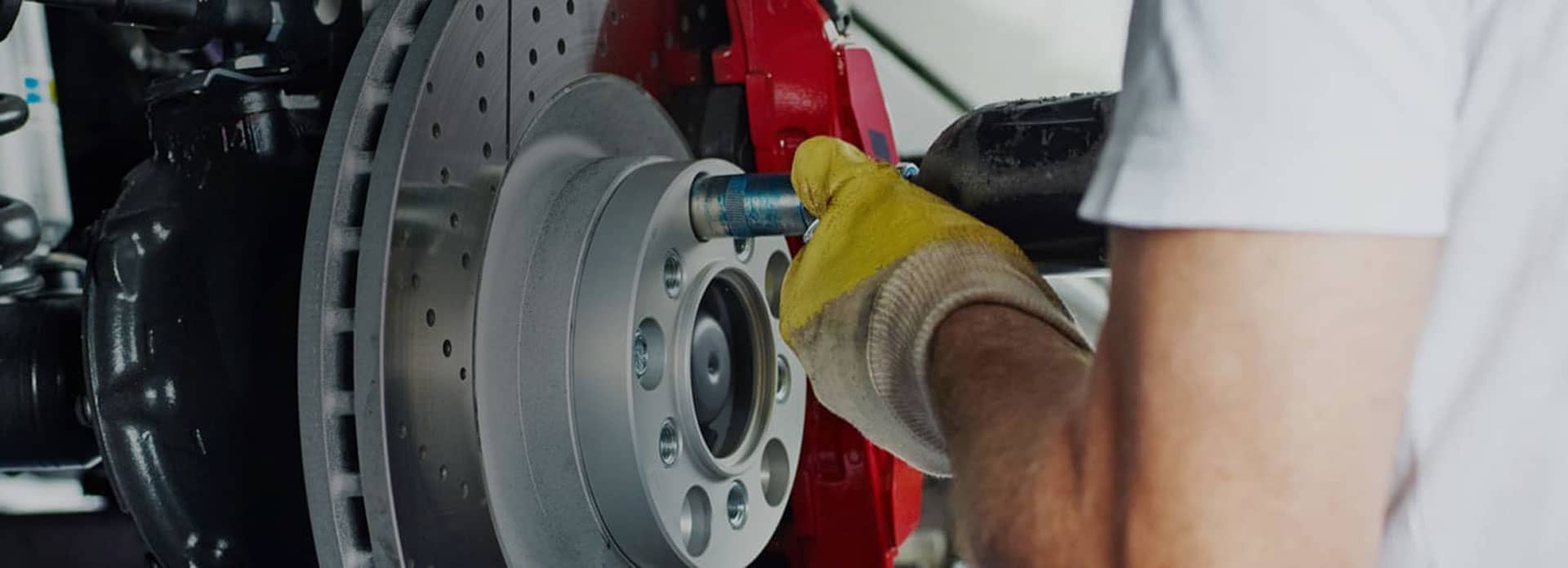
AUTONET TV
See the Light (Automatic High Beam Dimmers)Posted February 16, 2025 3:29 AMIt's happened to all of us. We're driving down a highway at night and over a crest appears a car with its high beams blazing. You are momentarily blinded, hoping the other driver will switch them to their low beam setting and restore your vision. Not only do we not appreciate being blinded, face it; we don’t want to be that other driver, either. You know, the one who forgets to turn down their high beams. Why do we want high beams in the first place? They can improve safety when used correctly, giving drivers more reaction time since they can see farther down the road. But research has found many drivers either don't use them or, when they do, they frequently forget to switch to low beams. Enter the automatic high-beam dimmer. The quest for the perfect one began back in the 1950s, General Motors invented something it called the "Autronic Eye." It was a phototube which sat on the dashboard and turned down your beams when it saw other headlights. While touted as being the biggest advance in night driving safety in 30 years, it didn't work all that well. But as technology got more advanced, systems improved. Today's automatic high beam dimmers usually have a camera in the rear view mirror (pointing forward). When the camera sees lights, software in the system's computer attempts to determine the source of the light, whether it is an oncoming vehicle, taillights, ambient city lights, street lights or the reflection off of a street sign. It then adjusts the headlights to operate high beams if appropriate or a less-blinding mode if they’re not. Some automakers are striving to make their headlight systems smarter and safer by developing lamps that can avoid blinding oncoming drivers by means other than simply dimming them. One idea? Splitting the beams so they will block just the portion that shines into the eyes of oncoming drivers. It's a long way from the Autronic Eye. Protrans Automotive & Transmission Specialists | ||
SearchArchiveMay 2024 (15)June 2024 (5) July 2024 (4) August 2024 (4) September 2024 (5) October 2024 (4) November 2024 (4) December 2024 (5) January 2025 (4) February 2025 (3) | CategoriesBrake Service (2)Brakes (2)Winter Tires (1)Spark Plugs (1)Cabin Air Filter (2)Service Intervals (1)Customer Detective Work (1)Fuel Economy (1)Fuel Pump (1)Fluids (1)TPMS (1)Tires (4)Air Conditioning (1)What Customers Should Know (11)Battery (4)Maintenance (2)Shocks and Struts (1)Tires and Wheels (1)Fuel System (1)Cooling System (1)Inspection (1)Headlamps (1) | |

OUR REVIEWS


Steve C, 02/14/2025In viewing a YT video on what needs to be done at 150,000 miles to my '13 Nissan Altima, I found out that it needed a transmission service with both filters, gaskets and fluid replaced. Since I've taken previous cars to ProTrans for transmission service, they were the obvious choice. The appointment date and time was easily confirmed, the service done easily and communication with the tech and owner was flawless. Heartly recommend ProTrans for any work. TY, TY, TY









